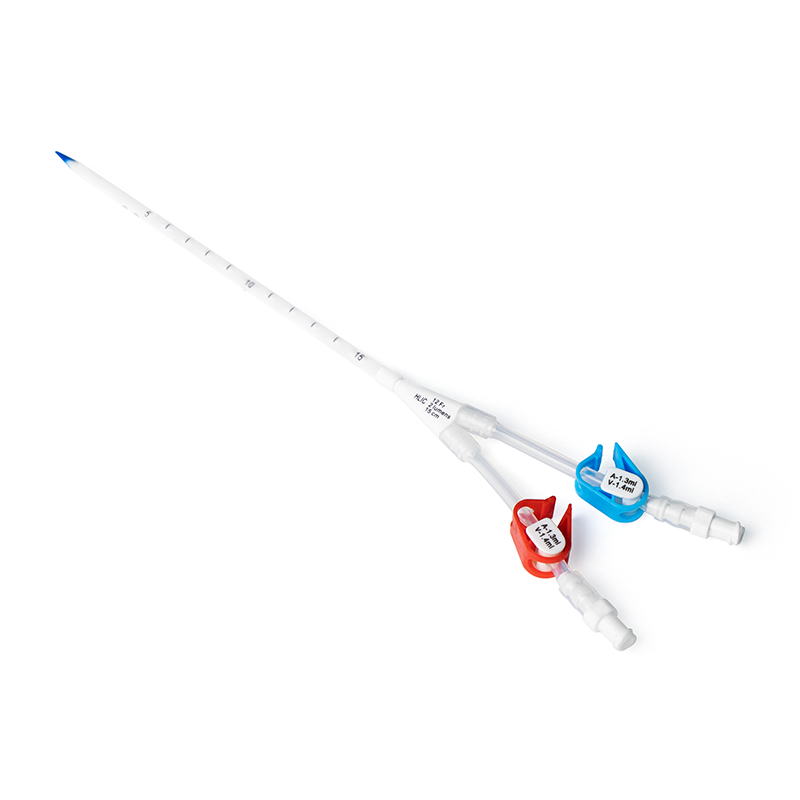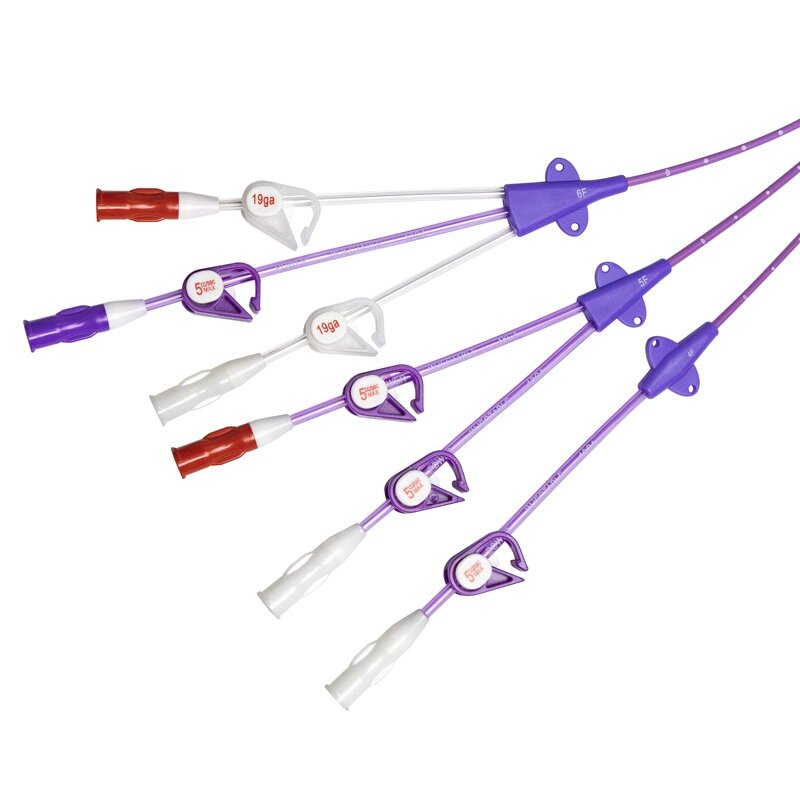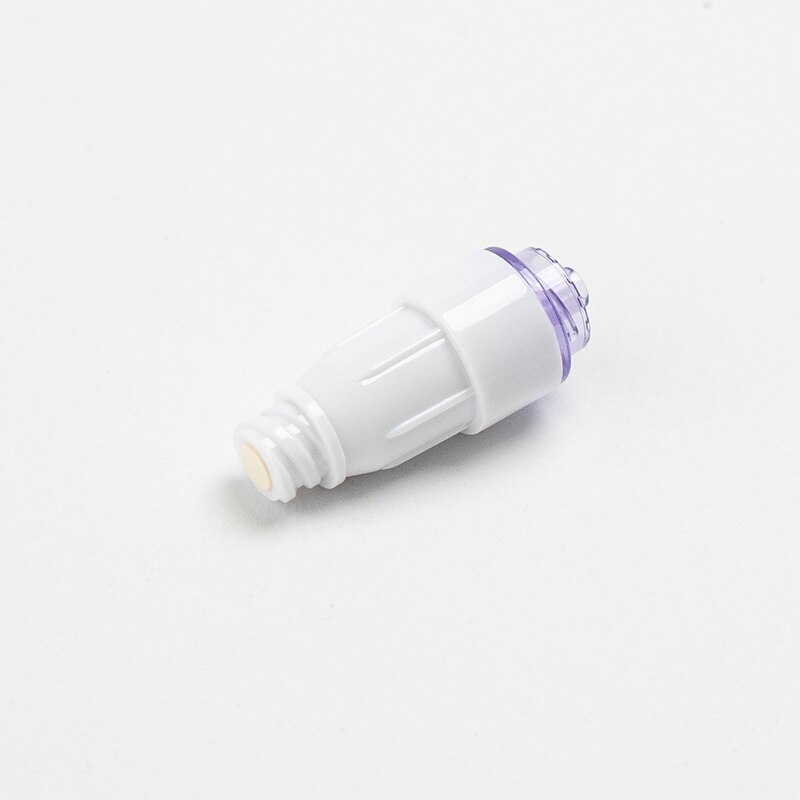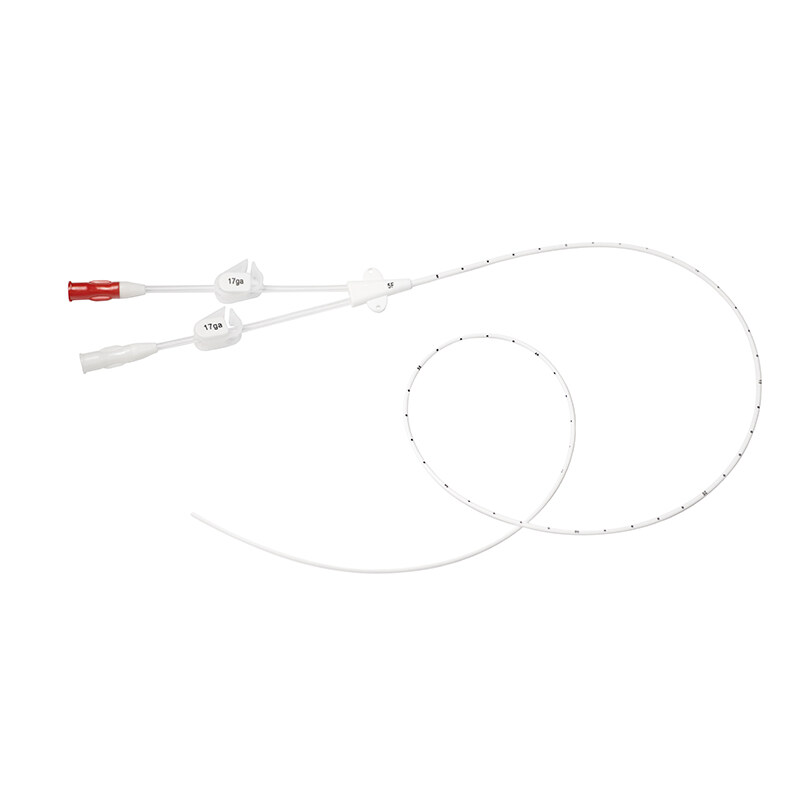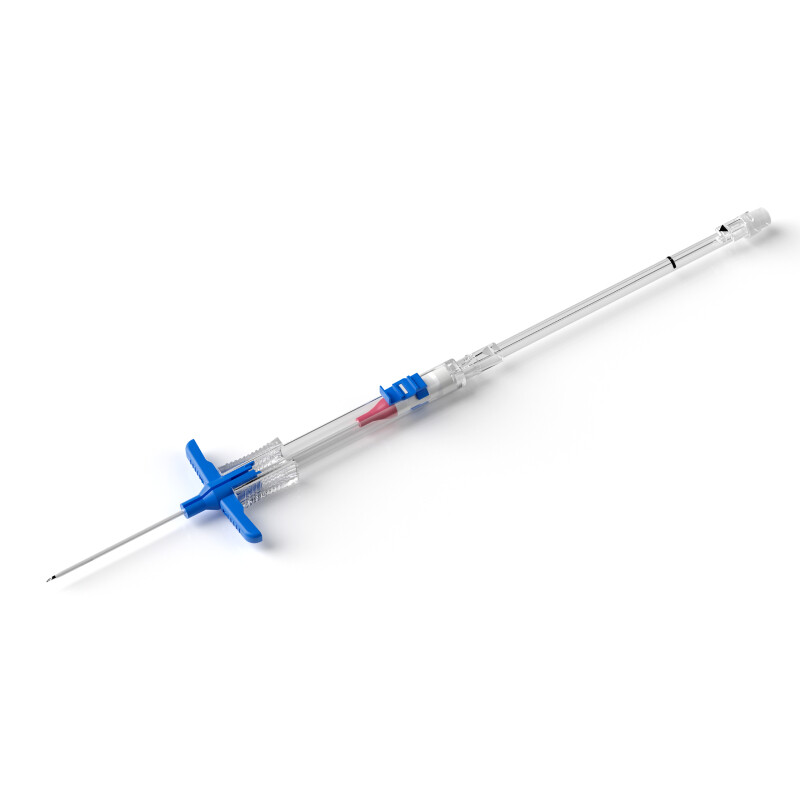Midline catheter insertion is a medical procedure that involves the placement of a catheter in the upper arm and extending to the axilla or shoulder region. Midline catheters can be used for various medical purposes, including administration of medications, drawing blood, and intravenous fluids. However, not everyone needs midline catheter insertion. Here we will explore who can insert a midline catheter and why.
Patients who require long-term intravenous access
Midline catheters can provide long-term intravenous access for patients who require frequent administration of medications or intravenous fluids. Unlike short peripheral catheters, midline catheters can remain in place for up to several weeks, reducing the need for frequent reinsertion of catheters and minimizing the risk of complications such as infections.
Patients with limited venous access
Some patients may have limited venous access, making it difficult to insert peripheral catheters or obtain blood samples. Midline catheters can provide a larger and more stable access point for administering medications and drawing blood, reducing the need for repeated punctures and decreasing discomfort for the patient.
Patients with chronic illnesses
Patients with chronic illnesses such as cancer or kidney disease may require frequent administration of medications or intravenous fluids over an extended period. Midline catheters can provide a more efficient and comfortable method of administering these treatments, allowing patients to receive the care they need without the need for repeated catheter insertions.
Patients with a history of difficult peripheral catheter insertion
Some patients may have a history of difficult peripheral catheter insertion, making it challenging to obtain venous access. In such cases, midline catheters can be a better option, as they are easier to insert and provide a more stable access point.
Patients who require contrast media for medical imaging
Some medical imaging procedures require the use of contrast media, which is injected intravenously to improve the visualization of internal organs and tissues. Midline catheters can provide a more reliable and efficient method of administering contrast media, reducing the risk of complications such as extravasation and improving the quality of the imaging results.
Patients who need regular blood draws for laboratory tests
Patients who require regular blood draws for laboratory tests can benefit from midline catheters, as they provide a more stable and reliable access point for obtaining blood samples. Midline catheters can reduce the need for repeated punctures and minimize discomfort for the patient.
Patients with a need for pain management
Midline catheters can be used for the administration of pain medications, making them an effective option for patients with a need for pain management. Midline catheters can provide long-term access to the circulatory system, reducing the need for frequent injections and improving patient comfort.
In conclusion, midline catheters can benefit many patients, making them more comfortable to receive related treatments. However, the decision to use midline catheterization should be made on a case-by-case basis, and patients should discuss the benefits and risks of the procedure with their healthcare provider.

